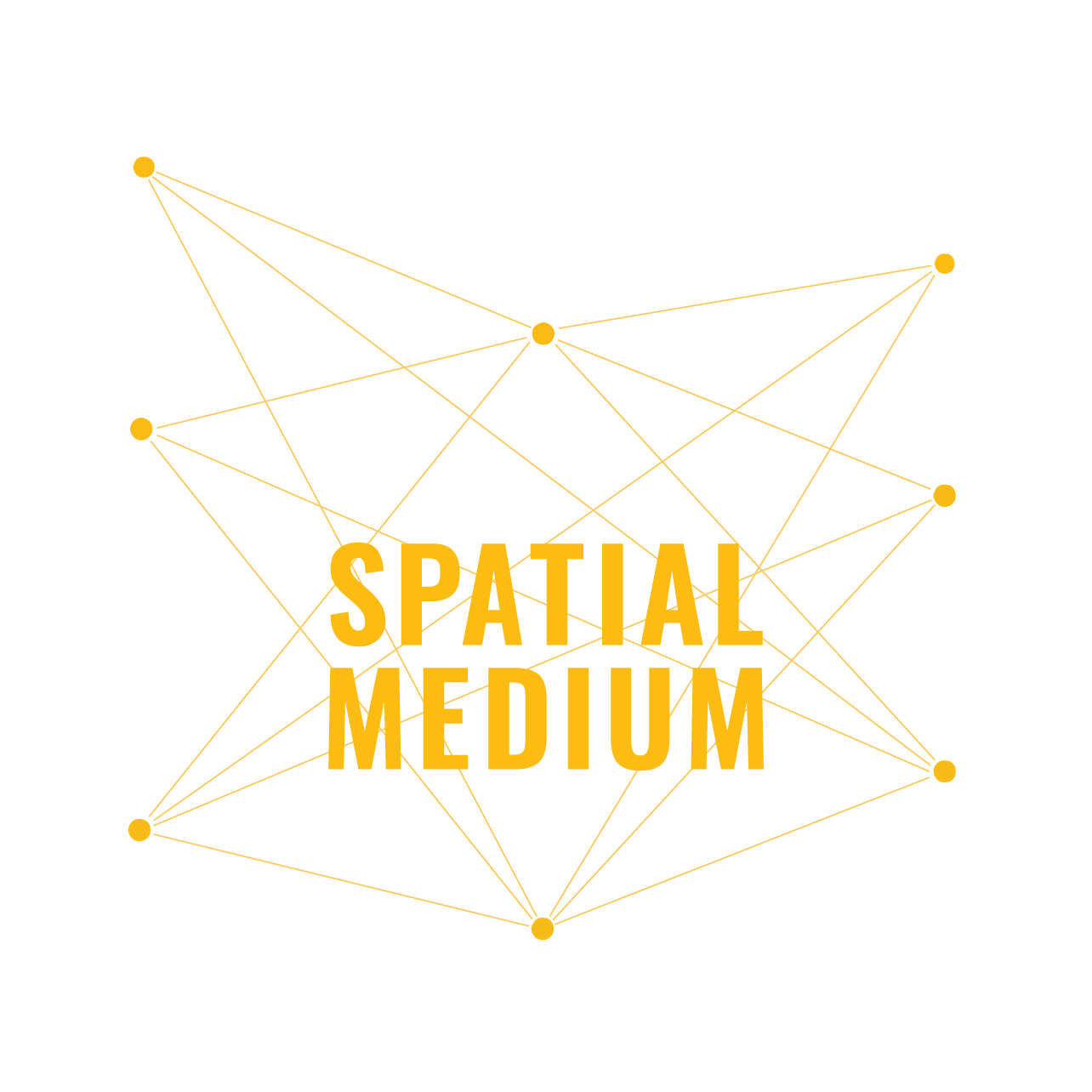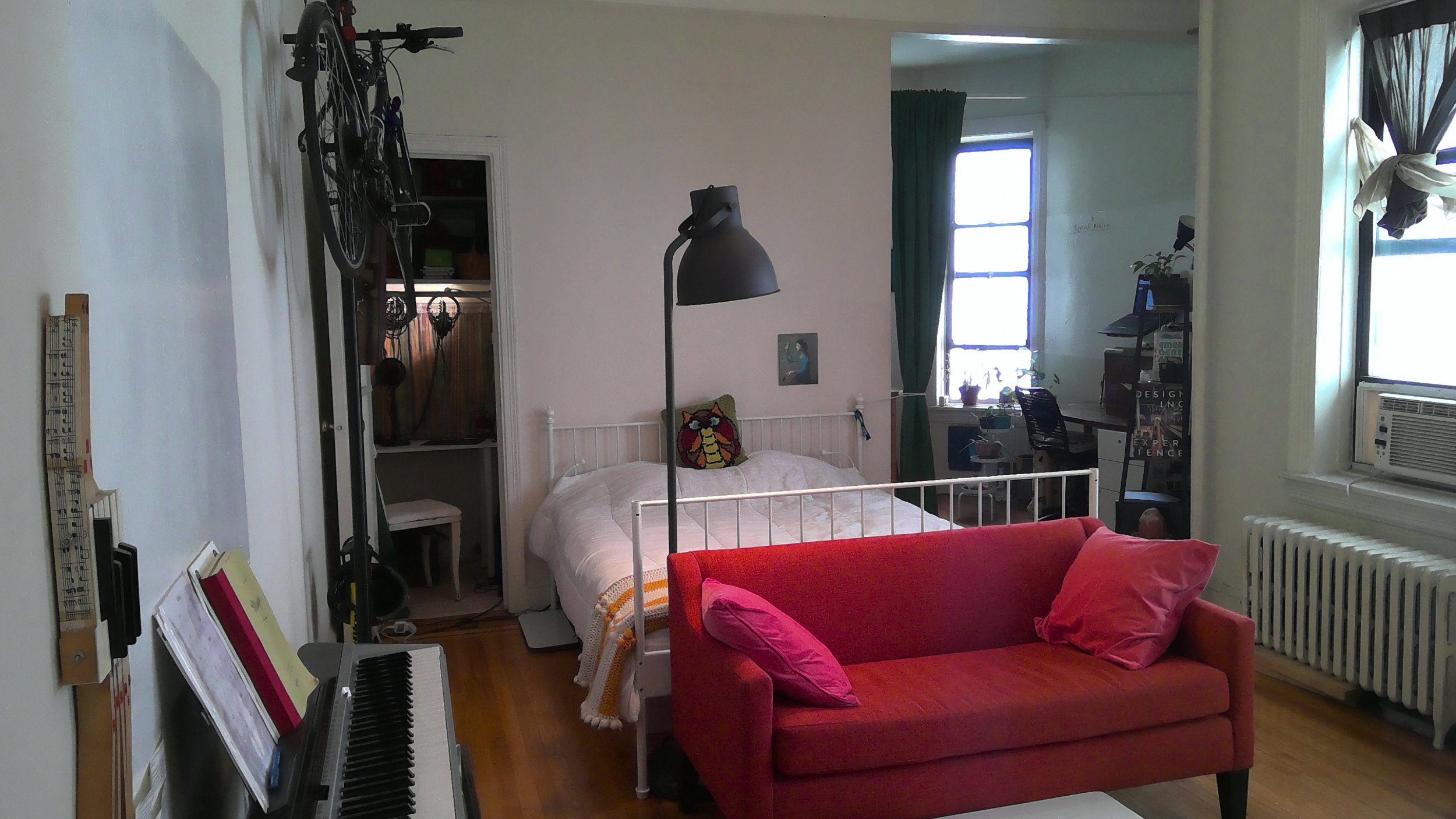(noun)
- an even distribution of weight enabling someone or something to remain upright and steady
- a condition in which different elements are equal or in the correct proportions (ie: stability of one's mind or feelings or harmony of design and proportion)
- a counteracting weight or force
- a predominating weight or amount; the majority
(verb)
- keep or put (something) in a steady position so that it does not fall
- offset or compare the value of (one thing) with another
Balance. Y'all, we made it.
Although...have you heard the popular phrase that circulates these days? That work/life balance is a myth? I agree. Mostly.
See, I think of balance, paradox, and tension as cousins. I think they relate to each other as they exist in the world. Let's have a quick chat about it before we get to physical space.
The definition of balance that most intrigues me is "a counteracting weight or force". The easiest example of this is a scale at the gym or doctor's office - you step on the base and then have to balance, or counteract, the weights to match your own.
What I mean when I think of balance, paradox, and tension as cousins is that they all have an element of opposition; conflict; counteraction. If we don't think of balance as including opposition or conflict, then yes - there is no work/life balance because it would require smooth-sailing conditions for each touchpoint, all the time. Impossible.
But what happens if we look at the dropped balls, missed life moments, prioritizing areas of life unequally as the balance? And that leads me to wonder...have we secretly been defining balance as ease or comfort instead?
Ok, ok, now that that little nugget is marinating, let's take a look at balance in terms of creating physical space.
Balance in a physical space could be viewed at from a myriad of angles. It could be a material balance, as in counteracting a hard floor surface with a softer, more sound absorbing ceiling/wall material. It could be a scale issue, creating a sense of movement by including both small and larger elements in the room to play off each other. Balance could be applied to the color in a space - often when we create a color palette for a room we add both "pretty" colors and "ugly" colors (for lack of better terms) to compliment each other.
(Are you seeing the opposition pattern here...??)
Let's take a look at this view in my apartment again with balance as a focus.
First, take notice of the floor lamps - there are two in this view and they are both black metal in color. (one is in the far left corner by the armchair; the other is the IKEA lamp front of picture by the bedframe) Now, notice the frame of the mirror, also black. The other item you can't see in this view is my bicycle/storage pole...black again.
Second, bring your eye to the white metal bed frame and two white metal chairs (one is facing us with a green seat cushion; the other is on the side wall with a silk cloth on the seat back). If you notice on the left of the photo, the metal radiator is also white...
Lastly, you'll see wood elements scattered about - the repurposed picture ledges on the side wall, the base of the reclaimed striped armchair, and the bookshelves just below it.
All of these elements (minus the radiator!) were chosen intentionally to provide a visual balance to the room. The white metal stays below eye level and is primarily used for seated/lounging items in the room. The black metal extends above eye level and is mostly for light/reflection (and actually, the window frames and curtains are also black!). And the wood balances the coldness of the metal with a softer, more rustic feel - it personalizes the space.
Now, you may be thinking "that's preference" and you're absolutely right, it is total preference!
When I purchased the IKEA lamp, a friend encouraged me to get the white because that's what she would have picked. And I honestly wasn't sure what would look better so I did - you can see it in the photo on the left below. But once I got it home and in place, I didn't like it. It was competing with the bicycle/storage pole and created an imbalance in the room that really bothered me. Because my walls are not white, it stood out in a way that didn't make sense. Visually, for me, it needed to be black in order to communicate with and balance the other tall items in the room.
(I'm curious, what color lamp seems to bring more balance to the room to you? Hit reply and let me know!)
Balance, as you've seen and heard above, is a personal thing. I think we tend to create this blanket definition of what it is or how to achieve it and, honestly, it feels like we're setting each other up to fail. It often seems like balance is talked about when what we really mean is ease or comfort and I just don't think they equate.
When I am in balance in the ocean, my swim is often not easy or comfortable. Actually, it's almost never easy or comfortable! I'm always navigating the waves, the current, the wind, the cold, my goggles, etc. However, I'm in balance because I'm adjusting and distributing the "weight" required for the environment as needed, rolling with the changing conditions while still breathing and propelling forward. And I suspect you're probably doing the same in your day-to-day, it just doesn't feel like the "balance" you see, hear, or absorb in messaging from others.
Whether you agree with me on the definition of balance or not, I encourage you to let go of achieving ease and comfort in all aspects of your life and calling it balance. I don't want everything to be hard for you all the time, I certainly want you to find ease!
But my guess is you can create more space for ease if you shift your perspective of what balance means to you. And then celebrate the discomfort that comes up as a sign that you *are* in balance...and doing it well at that!
JOURNAL PROMPTS
How do you define balance for yourself?
Does balance equal ease and comfort for you? Simply notice.
What happens in your body, mind, home, social engagements when you become unbalanced?
How can the idea of balancing different elements shift your spaces?
What would be possible if you adjusted your definition of balance? Does it let you off the hook? Or does it feel harder?
This wraps Day 10...thank you for taking time to explore spacemaking from a place of balance!
If you feel inspired to share any takeaways, examples in your own home, or questions that came up for you, please access any Spatial Medium social media account. Please be sure to add #12daysofspacemaking and tag @spatialmedium so I can see what you post.




